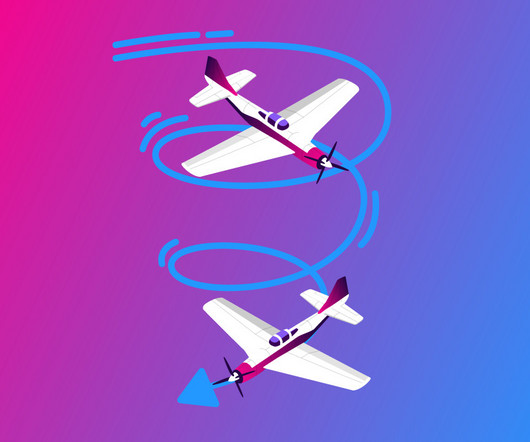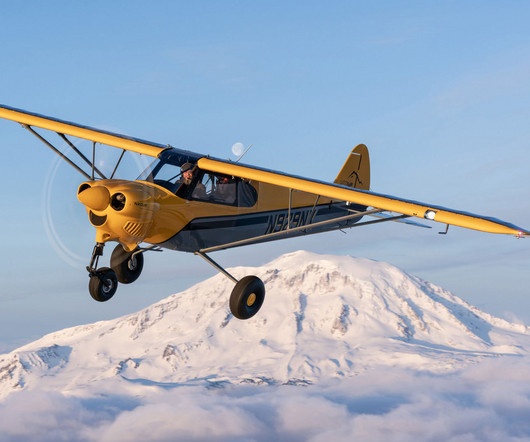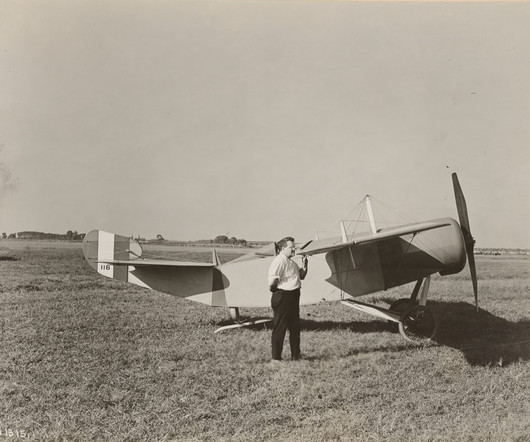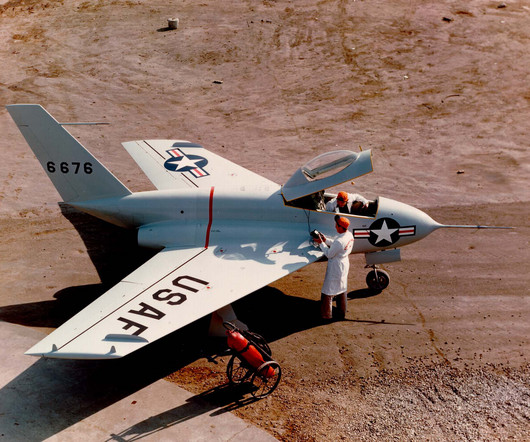NTSB Releases Preliminary Report on Holland Accident
Flying Magazine
MAY 2, 2025
The preliminary report on the accident that killed aerobatic pilot Rob Holland has been released by the National Transportation Safety Board (NTSB). Pilot Rob Holland (pictured here in 2015) made history by winning for the seventh consecutive year at the U.S. The show went on as scheduled, with a moment of silence to honor Holland.



























Let's personalize your content